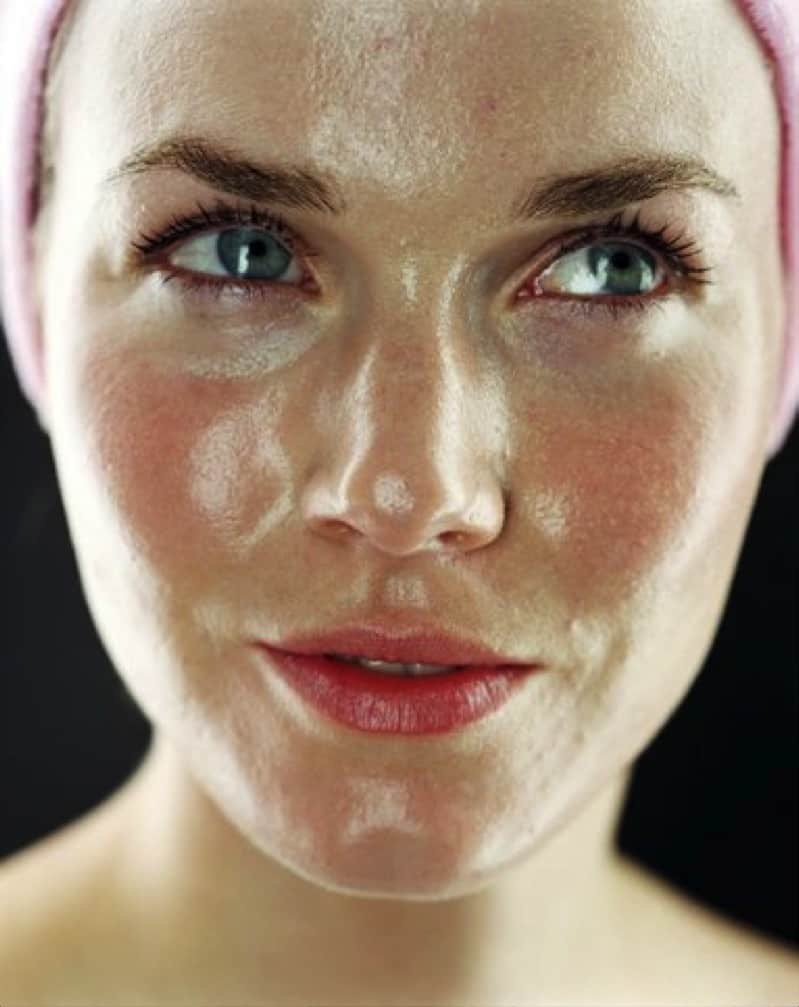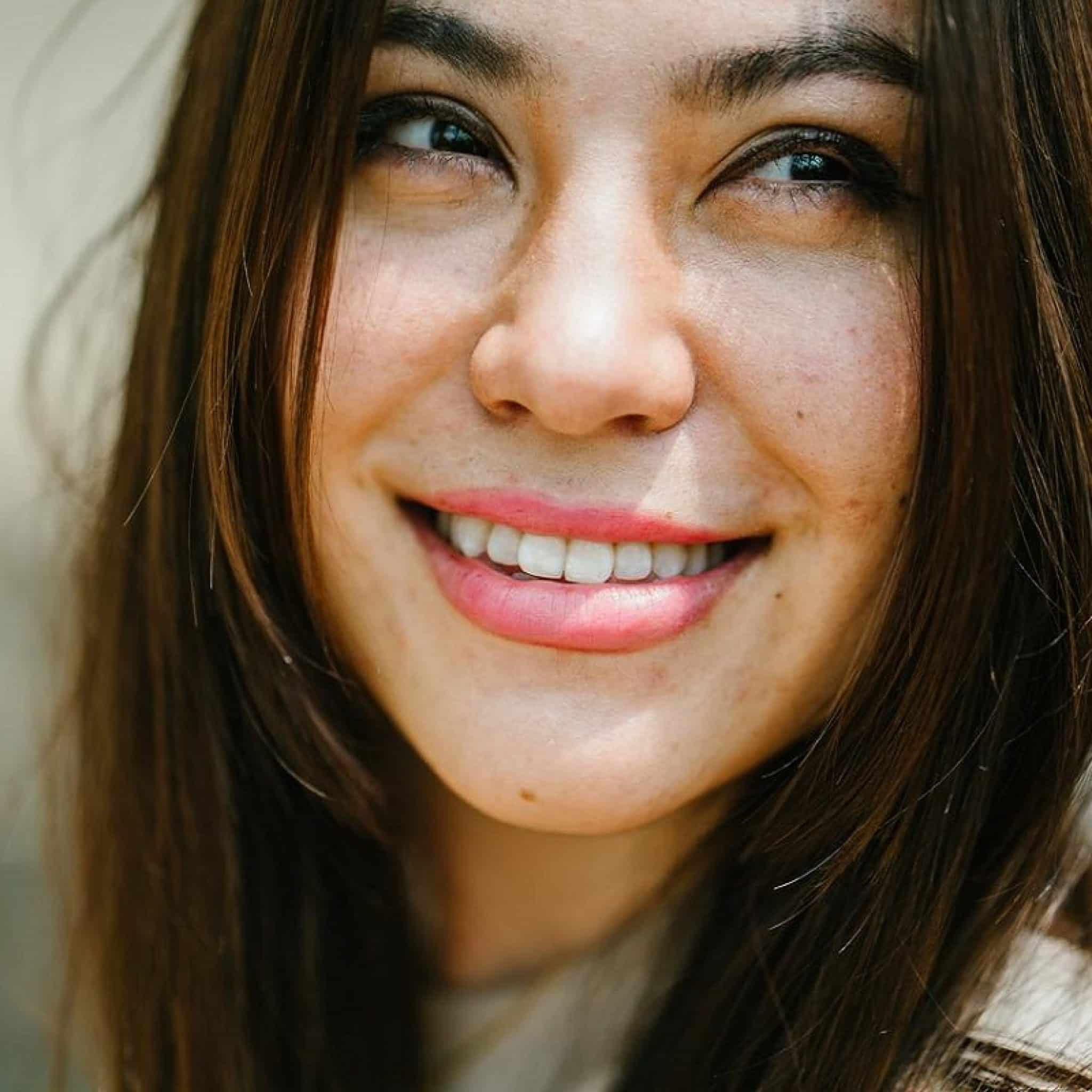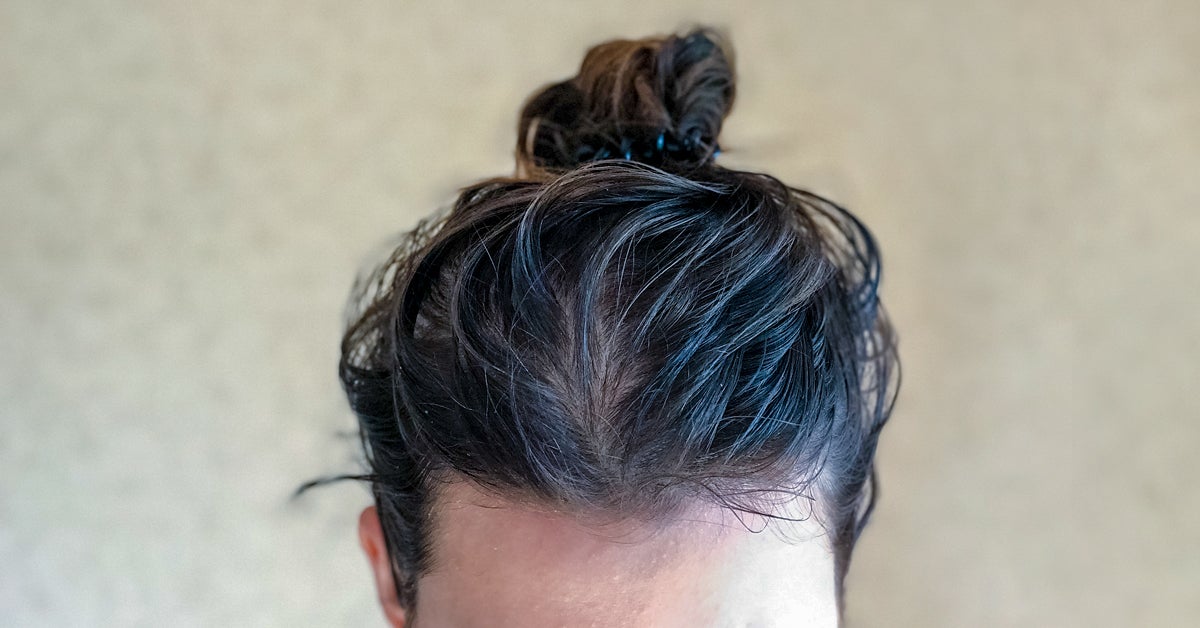Ace Info About How To Treat Greasy Skin

It can cause blood vessels and oil.
How to treat greasy skin. How to treat oily skin, according to a dermatologist beauty derm diaries derm diaries: Blot your skin dry with a towel, then wait 20 minutes. If your skin is greasy and oily.
Wash your face twice a day and. To make one with ground oatmeal and water:
An oatmeal face mask may reduce the appearance of oily skin. Follow this oily skincare routine. Use a scalp scrub.
Sebum keeps your skin lubricated and protects it against excess moisture, but can leave you with a greasy complexion and increase your risk of pimples and acne. There could be several factors causing your greasy skin. You might have overactive sebaceous glands, which secrete sebum (a waxy substance that protects the skin from bacteria).
When the sebaceous glands produce too much oil, it can. If you needed one more reason to love one of our favorite lasers, you’ve found it! Prevention summary oily skin occurs when glands in the skin make too much sebum, which is the waxy substance that seals in moisture.
1 apply aloe vera to your face. Use hot water when you wash your face to break down oils and open your pores. To help reduce the oil, follow these tips from dermatologists.
It is also effective on oily skin. Excess oil on the forehead may be treated with lifestyle and skin care changes, as well as topical medications. Wash your face thoroughly with a gentle soap or cleanser.
The aloe vera plant has many therapeutic properties, including treating burns, cuts, and infections. There are many reasons for oily skin, including stress, humidity, genetics, and fluctuating hormones. But it's particularly important for anyone showing signs of.
The most effective way to get your oily skin under control is to adjust your skin care routine and make a few small but impactful lifestyle changes. Methods for making the skin less oily 1. Generally speaking, using a scalp scrub is a great hygienic practice for anyone.
Most commonly, it occurs due to excess sebum development. This review article addresses numerous topical treatment options such as retinoids, olumacostat glasaretil, and various cosmeceutical agents.


















